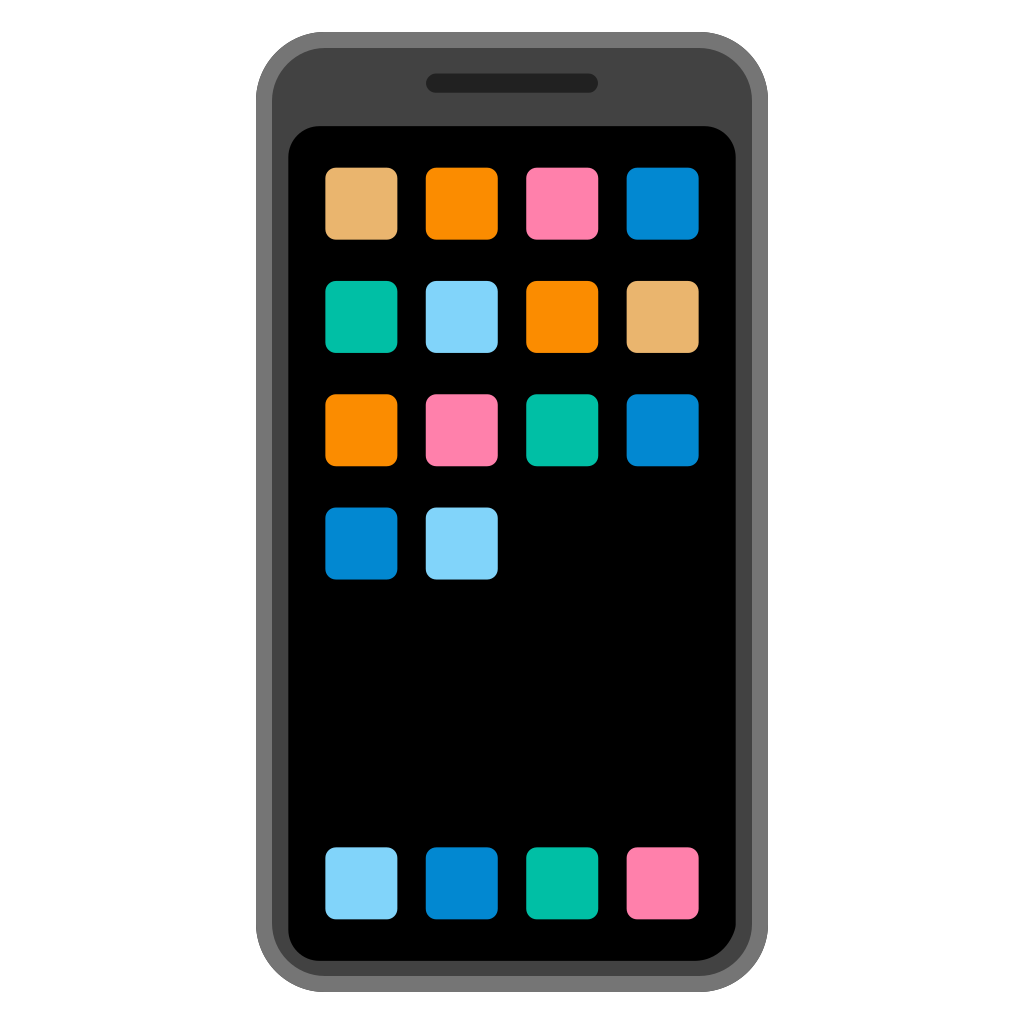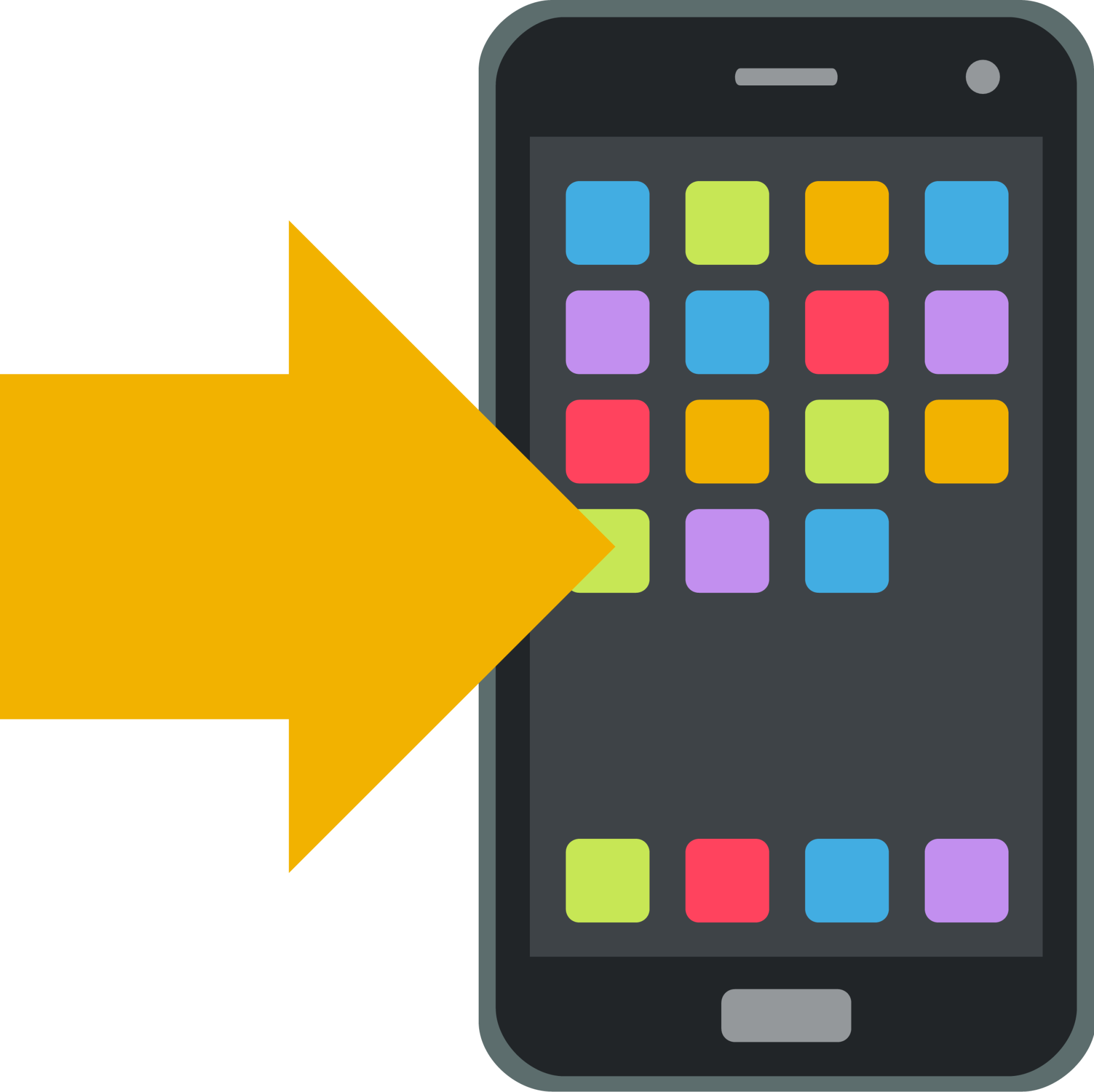The Ubiquitous Grin: A 3000-Word Deep Dive into smartphone Emoji
The tiny, pixelated faces and symbols that populate our digital conversations have become an integral part of modern communication. From a simple thumbs-up to a complex string of food and travel icons, smartphone emoji have transcended their initial novelty to become a global language, a visual shorthand that adds layers of nuance and emotion to our text-based interactions. This article explores the evolution, impact, and cultural significance of these ubiquitous digital icons.
The story of emoji begins in the late 1990s, not with a grand vision of global communication, but with a practical problem: how to convey emotion in the limited character space of early mobile messaging. Shigetaka Kurita, a member of the team developing i-mode, NTT DoCoMo’s mobile internet platform in Japan, recognized the need for visual cues to enhance communication. Inspired by manga, pictograms, and even weather forecasts, Kurita designed a set of 176 12×12 pixel images, the first true emoji. These early icons were simple, but they laid the groundwork for the expressive language we use today.
The Early Days: Japanese Innovation and Limited Adoption

Initially, emoji remained largely confined to Japan, a cultural phenomenon within the burgeoning mobile internet landscape. However, as mobile technology spread, so did the desire for a richer, more expressive form of digital communication. The Unicode Consortium, the organization responsible for standardizing text representation across computers, began to incorporate emoji into its standard, paving the way for their global adoption.
The Rise of Unicode and Cross-Platform Compatibility
The Unicode standard played a crucial role in the widespread adoption of emoji. By assigning unique codes to each emoji, Unicode ensured that they could be displayed consistently across different platforms and devices. This standardization was essential for the seamless communication that defines our interconnected world.
As emoji gained popularity, the range of available icons expanded dramatically. From basic facial expressions to complex symbols representing food, animals, activities, and abstract concepts, the emoji lexicon has become a vast and ever-evolving language.
Facial Expressions: The Core of Emotional Communication

At the heart of emoji communication lie the facial expressions. From the classic smiley face to the nuanced expressions of sadness, anger, and surprise, these icons allow us to convey a wide range of emotions without typing a single word. The subtle variations in facial expressions, such as the slightly smiling face versus the grinning face, can convey different shades of meaning, adding depth and complexity to our digital interactions.
Objects and Symbols: Expanding the Scope of Expression
Beyond facial expressions, emoji encompass a vast array of objects and symbols. Food items, animals, vehicles, flags, and abstract symbols all contribute to the richness and versatility of emoji communication. These icons allow us to express our interests, share our experiences, and convey complex ideas in a visually engaging way.
The Power of Customization and Personalization
The ability to customize and personalize emoji has further enhanced their expressive power. Skin tone modifiers, gender variations, and even regional variations of certain emoji allow users to express their individuality and cultural identity. The introduction of animated emoji and stickers has also added a new dimension to digital communication, allowing for even more dynamic and engaging interactions.

The widespread adoption of emoji has profoundly impacted the way we communicate and interact in the digital age. They have become an integral part of our online conversations, influencing everything from casual messaging to formal communication.
Enhancing Emotional Nuance in Text-Based Communication
One of the most significant impacts of emoji is their ability to add emotional nuance to text-based communication. Without the benefit of facial expressions, tone of voice, or body language, text messages can often be misinterpreted. Emoji help bridge this gap, allowing us to convey emotions and intentions that might otherwise be lost in translation.
Breaking Down Language Barriers and Fostering Global Communication
Emoji have also played a role in breaking down language barriers and fostering global communication. As a visual language, emoji can be understood across different languages and cultures, facilitating communication between people who might not share a common spoken language.
Influencing Social Media and Digital Culture
Emoji have become a ubiquitous feature of social media platforms, influencing trends, shaping online identities, and even driving marketing campaigns. The use of specific emoji can signal membership in a particular community, express support for a cause, or even convey a sense of humor or irony.
The Rise of Emoji as a Form of Artistic Expression
Beyond their communicative function, emoji have also become a form of artistic expression. Artists and designers have used emoji to create intricate mosaics, tell stories, and even create interactive experiences. The versatility and accessibility of emoji have made them a powerful tool for creative expression.
Emoji are not merely digital icons; they are cultural artifacts that reflect and shape our society. They provide insights into our values, beliefs, and cultural norms, and they play a role in shaping our understanding of the world around us.
Emoji as a Mirror to Cultural Values and Beliefs
The selection and use of emoji can reflect cultural values and beliefs. For example, the popularity of certain food emoji can reveal cultural preferences, while the inclusion of diverse skin tone modifiers reflects a growing awareness of inclusivity and representation.
Emoji and the Evolution of Language
Emoji are also contributing to the evolution of language. They are becoming an integral part of our digital vocabulary, influencing the way we express ourselves and communicate with others. The use of emoji in conjunction with text can create new forms of expression and even lead to the development of new linguistic structures.
The Power of Emoji in Social and Political Discourse
Emoji have also become a tool for social and political discourse. They can be used to express support for social movements, raise awareness about important issues, and even challenge established norms. The use of specific emoji can signal solidarity, express dissent, or even convey a sense of humor or irony in the face of serious issues.
The Future of Emoji: Expanding Horizons and Embracing Diversity
As technology continues to evolve, so will emoji. The future of emoji will likely involve even greater diversity, inclusivity, and personalization. We can expect to see the development of new emoji that represent a wider range of cultures, identities, and experiences.
The Importance of Context and Interpretation
Despite their widespread use, it is important to remember that emoji are subject to interpretation. The meaning of an emoji can vary depending on the context, the user’s cultural background, and even the platform on which it is displayed. It is essential to be mindful of these nuances and to avoid making assumptions about the meaning of an emoji without considering the context.
The Ongoing Evolution of Emoji and Digital Communication
In conclusion, smartphone emoji have revolutionized digital communication, transforming the way we express ourselves and interact with others. From their humble beginnings as simple smileys to their current status as a global language, emoji have become an integral part of our digital lives. As technology continues to evolve, we can expect to see even more innovation in the world of emoji, further expanding the horizons of digital communication and cultural expression. The tiny icons will continue to reflect our evolving society, one pixelated grin at a time.



